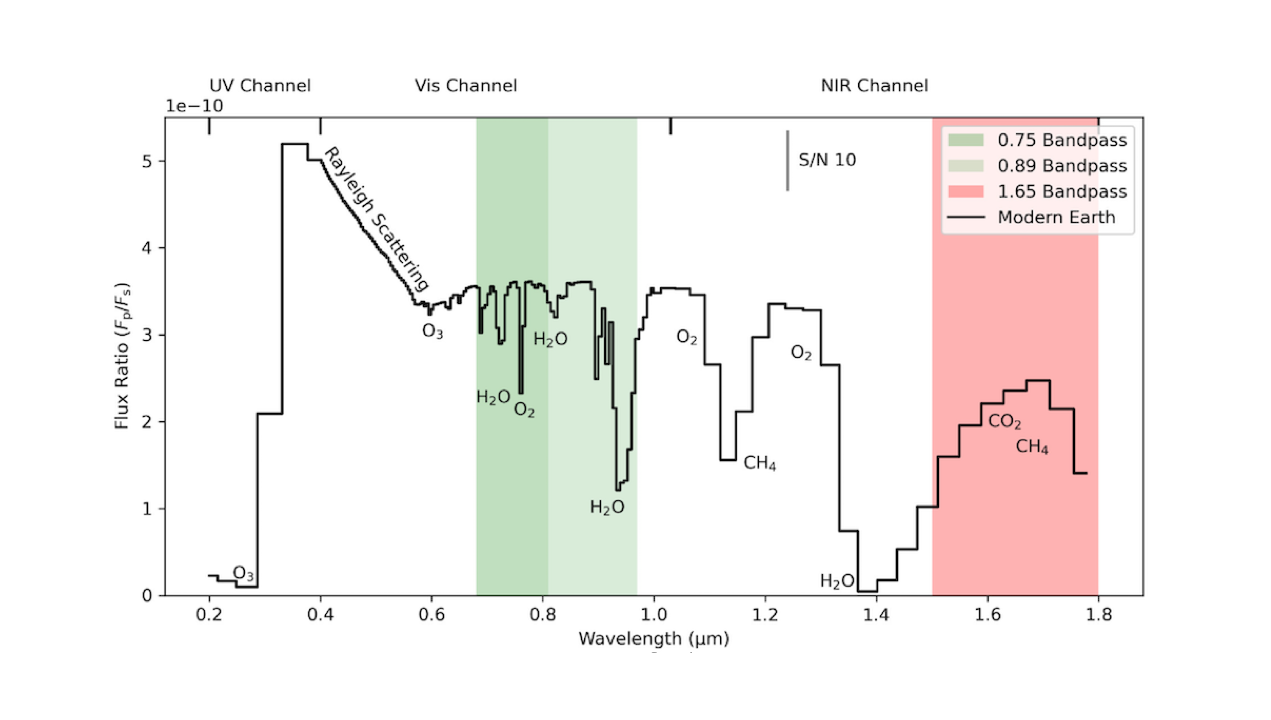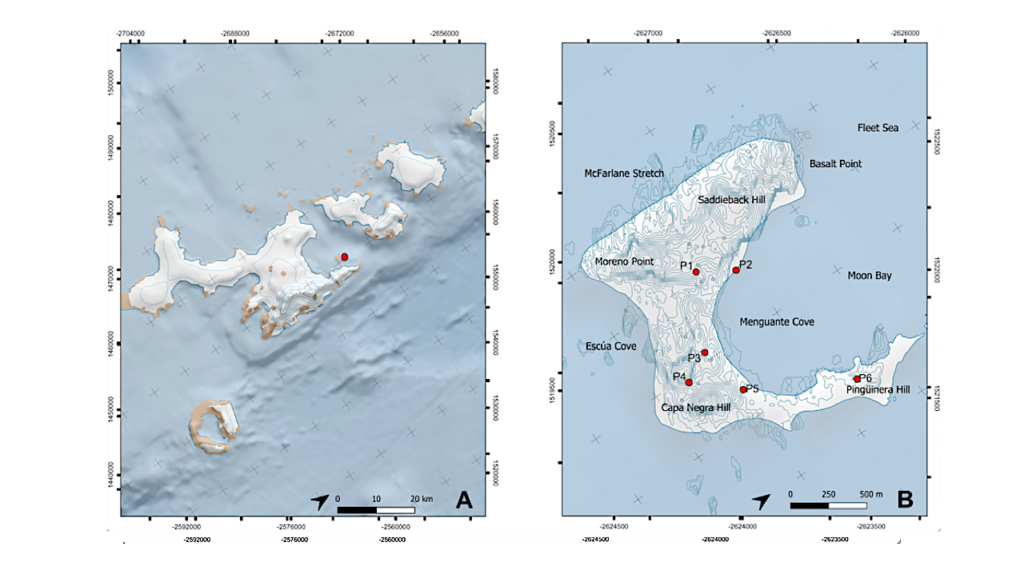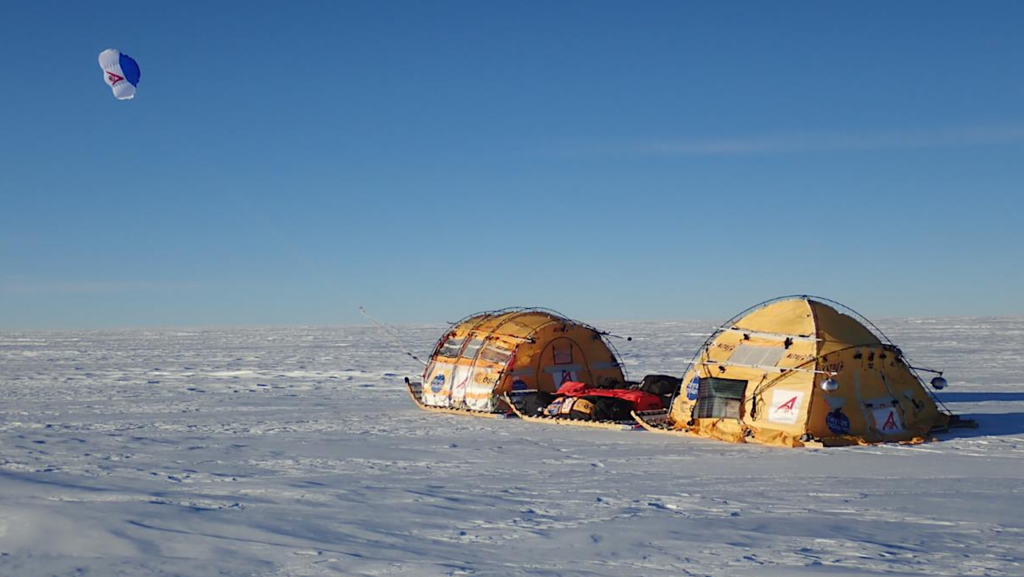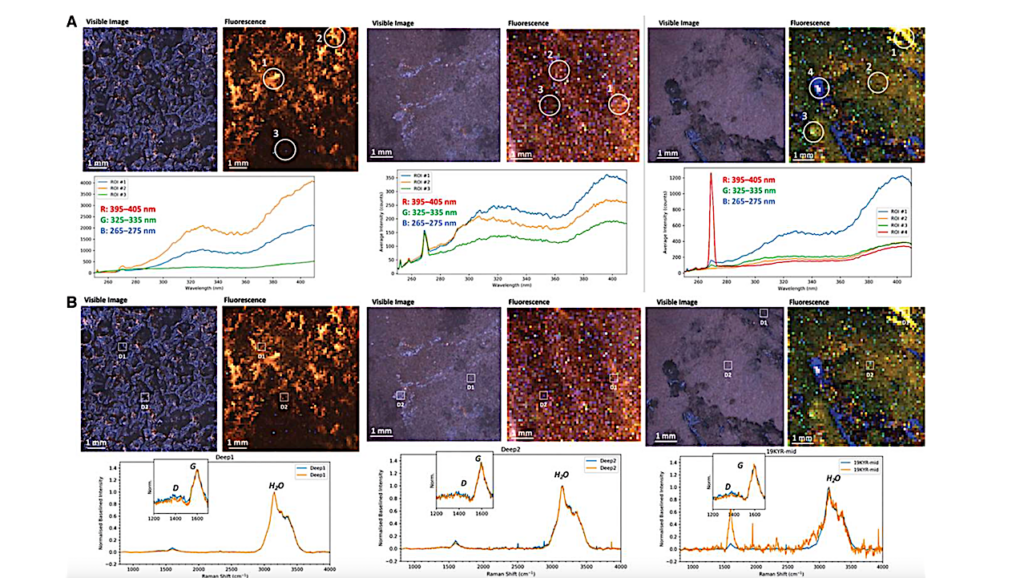Retrievals Applied to a Decision Tree Framework Can Characterize Earthlike Exoplanet Analogs

Exoplanet characterization missions planned for the future will soon enable searches for life beyond our solar system. Critical to the search will be the development of life detection strategies that can search for biosignatures while maintaining observational efficiency.
In this work, we adopted a newly developed biosignature decision tree strategy for remote characterization of Earthlike exoplanets. The decision tree offers a step-by-step roadmap for detecting exoplanet biosignatures and excluding false positives, based on Earth’s biosphere and its evolution over time.
We followed the pathways for characterizing a modern-Earth-like planet and an Archean-Earth-like planet and evaluated the observational trades associated with coronagraph bandpass combinations of designs consistent with the Habitable Worlds Observatory precursor studies.
With retrieval analyses of each bandpass (or combination), we demonstrate the utility of the decision tree and evaluate the uncertainty on a suite of biosignature chemical species and habitability indicators (i.e., the gas abundances of H2O, O2, O3, CH4, and CO2).
Notably for modern Earth, less than an order of magnitude spread in the 1σ uncertainties was achieved for the abundances of H2O and O2, planetary surface pressure, and atmospheric temperature, with three strategically placed bandpasses (two in the visible and one in the near-infrared). For the Archean, CH4 and H2O were detectable in the visible with a single bandpass.

Cartoon schematic of the decision tree framework. The modern Earth and Archean Earth paths that are highlighted in blue and orange, respectively, were selected for exploration in our retrieval simulations as a first look at how this framework could work in observations of exoplanets. In general, the purple, green, and red boxes represent wavelength regions in the UV, visible, and NIR channels, respectively. In practice, observations following the framework would be performed from the top to the bottom, where, at the base, observational targets could be categorized into the respective planetary scenarios. Ambiguous planetary scenarios are in dark gray, dead rocky cases are in red, modern-Earth-like cases are in blue, Proterozoic-Earth-like cases are in pink, and Archean-Earth-like cases are in orange. — The Planetary Science Journal
Retrievals Applied to a Decision Tree Framework Can Characterize Earthlike Exoplanet Analogs, The Planetary Science Journal (open access)
Astrobiology,








